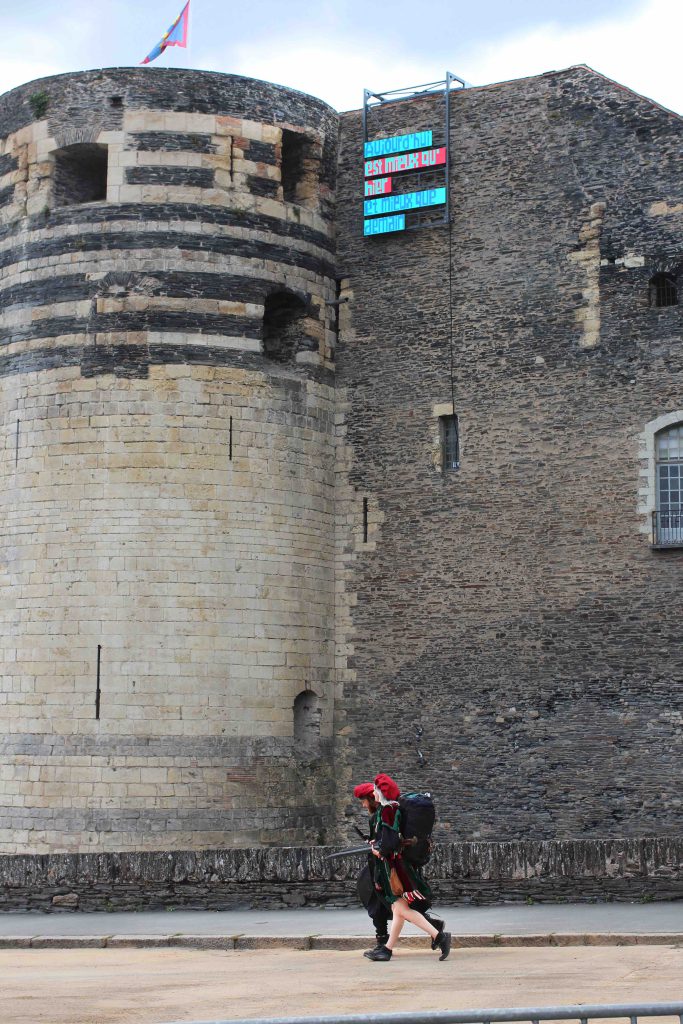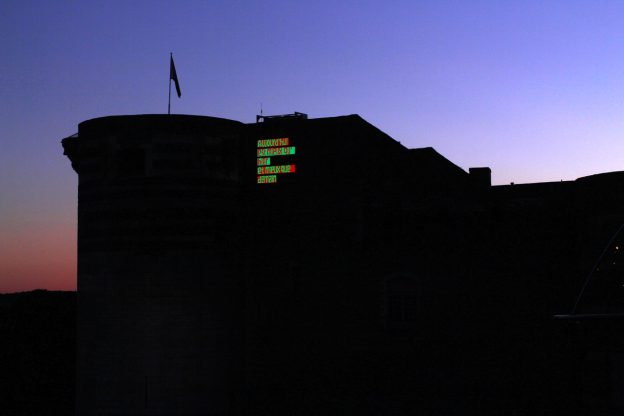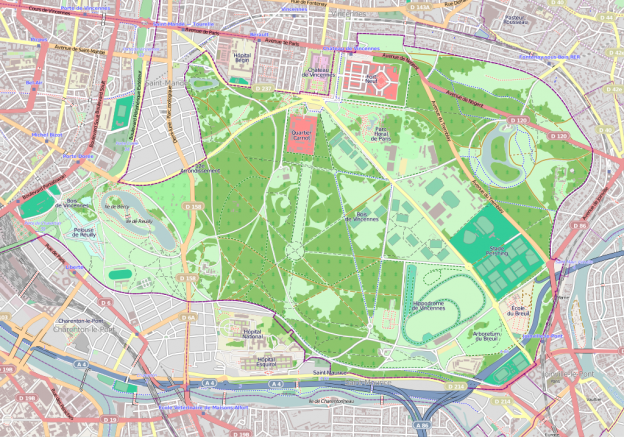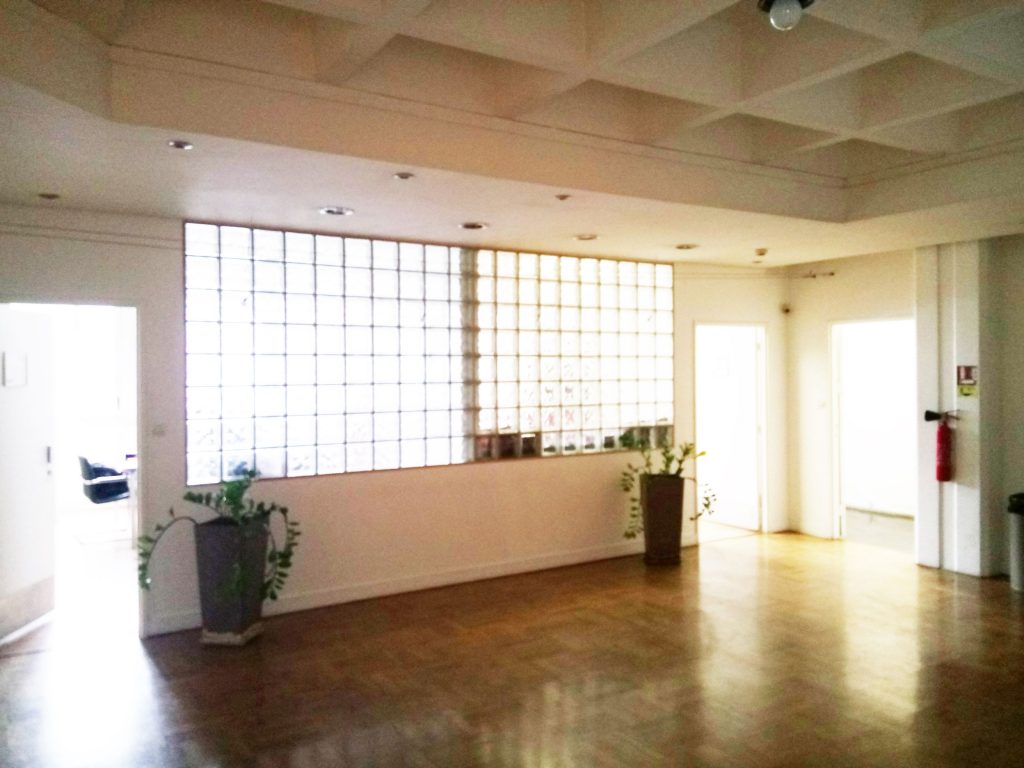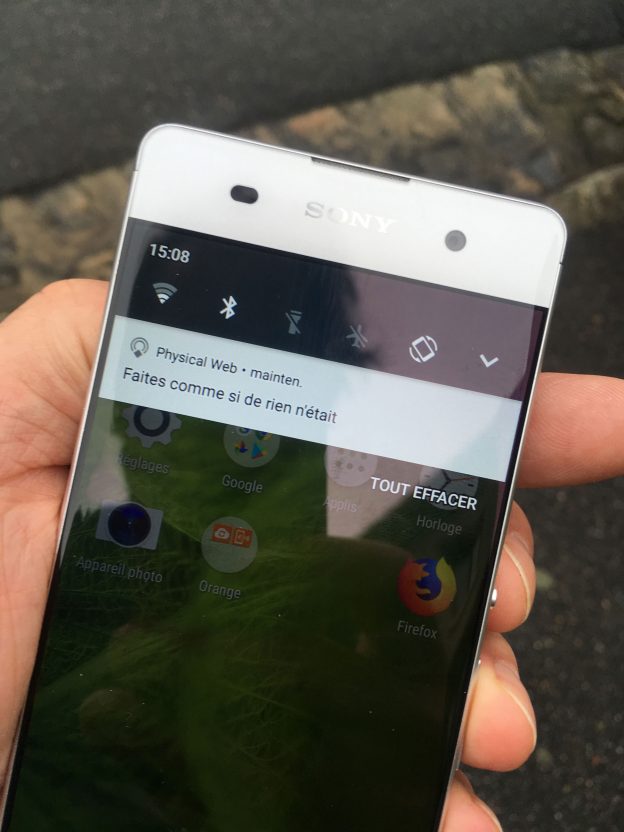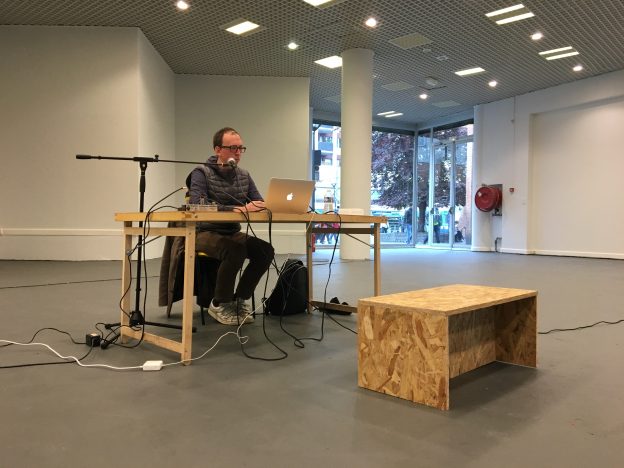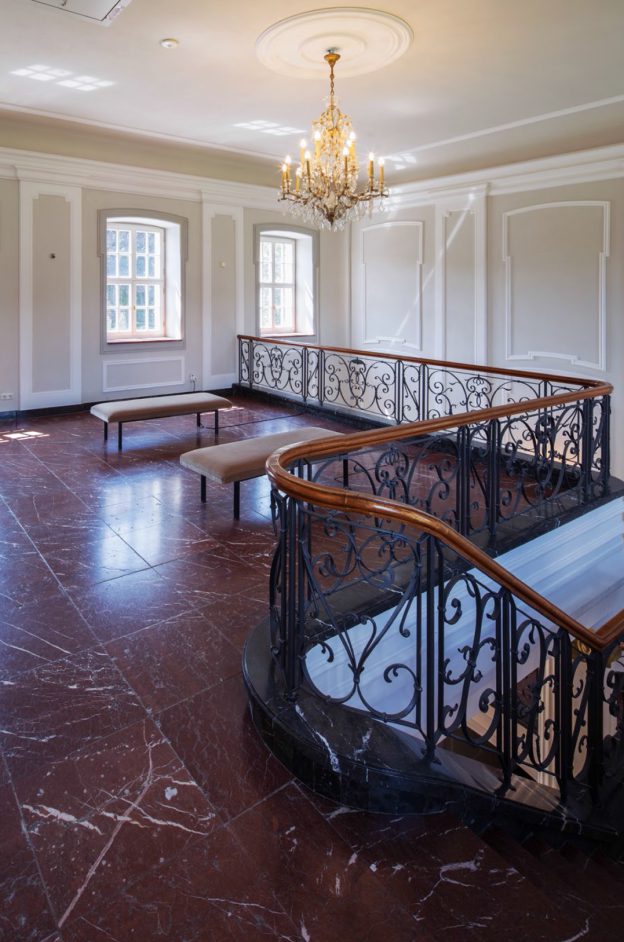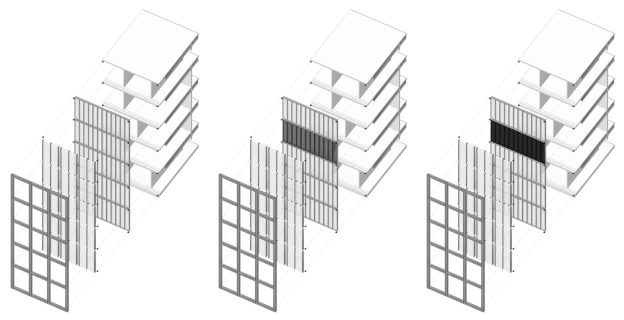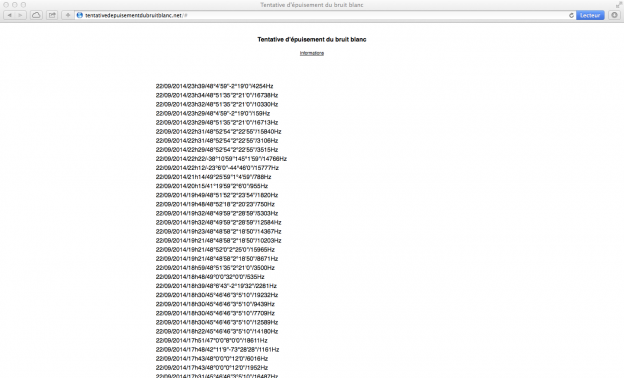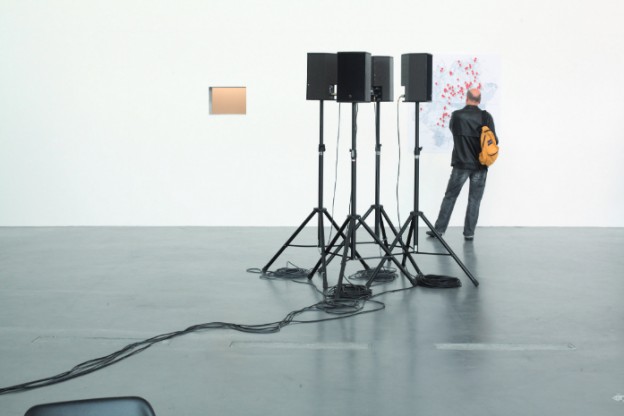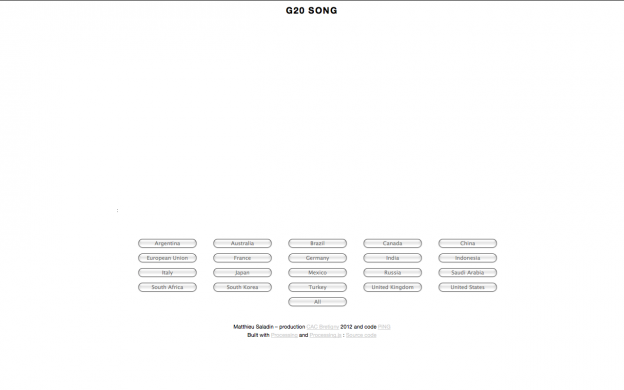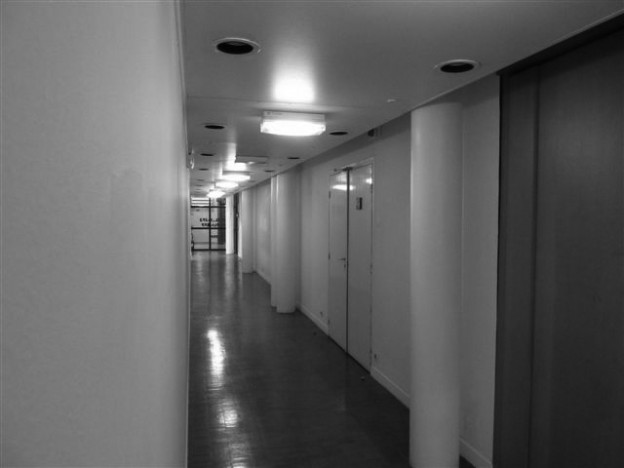2022
LED display, Raspberry pi, controller, galvanized steel, aluminum, concrete, dimensions 318 x 206 x 515 cm.
Every day, at the official time of sunrise, an oracle is gradually revealed on the eastern rampart of the castle of Angers. The apparition is repeated fourteen times until sunset, the same number of scenes that have now disappeared from the tapestries of the Apocalypse exposed in the monument. These enigmatic sentences are determined by daily measurements of air pollution. They offer themselves to the interpretation of the quality of a new day and the world that accompanies it.
Technical team: Colin Bouvry (multimedia design), Théo Diers (production management), Raphaël Isdant (multimedia design), Agence KCS (structural design), Ianis Lallemand (computational design), Achim Reichert (graphic design).
Work presented at the Château d’Angers from June 27 to October 2, 2022, produced by the « Mondes nouveaux » program launched by the Ministry of Culture as part of France Relance, in collaboration with the Centre des monuments nationaux.
Écrans LED, Raspberry pi, contrôleur, acier galvanisé, aluminium, béton, dimensions 318 x 206 x 515 cm.
Chaque jour, à l’heure officielle du lever du soleil, un oracle se révèle progressivement sur le rempart Est du château d’Angers. L’apparition se répète en tout quatorze fois jusqu’au coucher du soleil, soit le nombre de scènes aujourd’hui disparues des tapisseries de l’Apocalypse conservées dans l’enceinte du monument. Ces phrases énigmatiques sont déterminées par des mesures quotidiennes de pollution de l’air. Elles s’offrent à l’interprétation de la qualité d’un nouveau jour et du monde qui l’accompagne.
Equipe technique : Colin Bouvry (régie multimédia), Théo Diers (suivi de production), Raphaël Isdant (régie multimédia), Agence KCS (design structure), Ianis Lallemand (design computationnel), Achim Reichert (design graphique).
Œuvre présentée au château d’Angers du 27 juin au 2 octobre 2022, produite par le programme « Mondes Nouveaux » mis en œuvre par le ministère de la Culture dans le cadre de France Relance, en collaboration avec le Centre des monuments nationaux.
